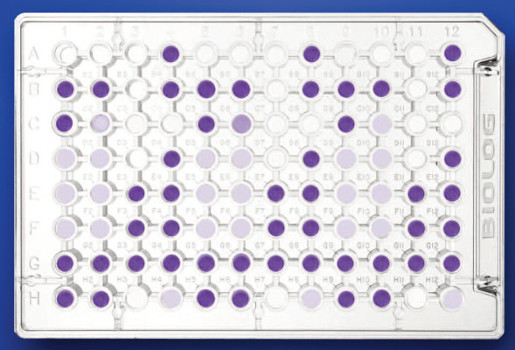 Brief description
Brief description
The experimental activities carried out at the MAMB laboratory in Messina are aimed at the ecological study of microorganisms by applying specific methods for the determination of the abundance and biomass of prokaryotes (Bacteria and Archaea) and phytoplankton, as well as for the morphometric and morphological description at the cellular level. The evaluation of these phenotypic characteristics provides a different approach to the analysis of the ecosystem structure and allows to evaluate the heterogeneity of natural populations. Variations in cell size, shape and morphology are considered sensitive indicators of trophic and climatic changes in ecosystems. The laboratory also carries out analyzes for the quantification of viable (Live / Dead) and respiring (CTC +) cells using specific microbial biomarkers. The laboratory activities are also in support of the EcoBiM and BiogeM Laboratories.
Matrices of interest
The matrices analyzed are mostly attributable to the hydrosphere (marine, river and lake waters, brines), soil, sediments, biofilm, cryosphere (permafrost, snow, sea and continental ice, intrapermafrost brines) and aquatic organisms.
Applied experimental approaches
- determination of biomass of prokaryotes by counting, and morphometric and morphological analysis of cells, using selective filters for DAPI (4 ', 6-diamidine-2-phenylindole);
- determination of cells with primary fluorescence using specific selective filters;
- quantification of cells endowed with respiratory activity (5-Cyano-2,3-ditolyl-tetrazolium chloride-CTC), using selective filters for rhodamine;
- quantification of viable cells with intact membranes (Live / Dead) using selective filters for fluorescein and rhodamine;
- identification of target bacterial cells by immunofluorescence techniques (fluoresceinated antibodies);
- estimation of the relative abundance of microbial phylogenetic groups using CARD-FISH (catalyzed reporter deposition-fluorescence in situ hybridization).
Instrumentation
- Zeiss AXIOPLAN 2 Imaging epifluorescence microscope equipped with AXIOCAMHR (Zeiss) digital video camera and AXIOVISION 3.1 software. Technical features: high pressure mercury vapor lamp (100 W); 100XPlan-Neofluar immersion objective; 10 X eyepieces, one of which has a squared reticle; interchangeable and appropriate optical filter sets for:
DAPI: G365 excitation, FT395 color divider and LP420 barrier filter;
Primary fluorescence: BP450-490 / FT510 / LP515;
Rhodamine: BP546 / 12; FT580; LP590;
Fluorescein: BP450-490; FT510; LP520.
For details: Sig. Giovanna Maimone – giovanna.maimone AT cnr.it






















